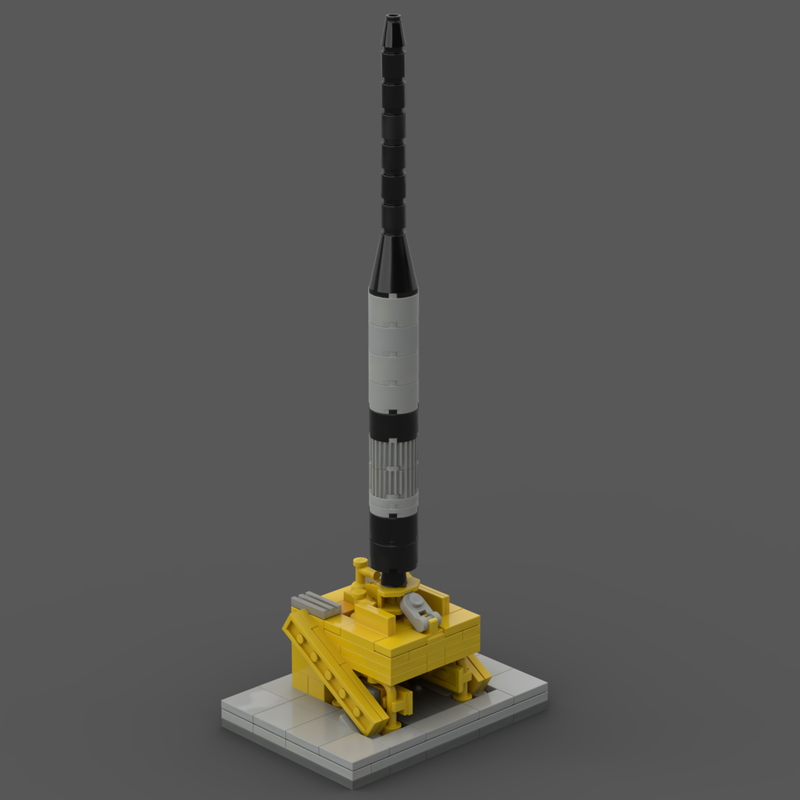
LEGO Designer:
Dan Fallon (phreaddee)
Designed:
June 2021
Categories:
All, Launch Vehicles, Small Lift Launch Vehicles
Launch Vehicle Details
Stages:
Length:
Diameter:
Mass at Launch:
Low Earth Orbit Capacity:
Total Thrust:
Apogee:
Class:
Project Vanguard was a program managed by the United States Naval Research Laboratory (NRL), which intended to launch the first artificial satellite into Earth orbit using a Vanguard rocket as the launch vehicle from Cape Canaveral Missile Annex, Florida.
In response to the launch of Sputnik 1 on October 4, 1957, the U.S. restarted the Explorers Program, which had been proposed earlier by the Army Ballistic Missile Agency (ABMA). Privately, however, the CIA and President Dwight D. Eisenhower were aware of progress being made by the Soviets on Sputnik from secret spy plane imagery. Together with the Jet Propulsion Laboratory (JPL), ABMA built Explorer 1 and launched it on January 31, 1958. Before work was completed, however, the Soviet Union launched a second satellite, Sputnik 2, on November 3, 1957. Meanwhile, the spectacular televised failure of Vanguard TV3 on December 6, 1957 deepened American dismay over the country’s position in the Space Race.
On March 17, 1958, Vanguard 1 became the second artificial satellite successfully placed in Earth orbit by the United States. It was the first solar-powered satellite. Just 152 mm (6.0 in) in diameter and weighing just 1.4 kg (3.1 lb), Vanguard 1 was described by then-Soviet Premier Nikita Khrushchev as, “The grapefruit satellite.”
Vanguard 1, and the upper stage of its launch rocket, are the oldest artificial satellites still in space, as Vanguard’s predecessors, Sputnik 1, Sputnik 2, and Explorer 1, have decayed from orbit.
Part count: bricks, lots.
| Unit | width | length | height |
|---|---|---|---|
| Studs | |||
| Inches | |||
| Centimetres |
No external URL provided.
Launch History information from space.skyrocket.de
Launch History information from space.skyrocket.de
Related Posts
None found

